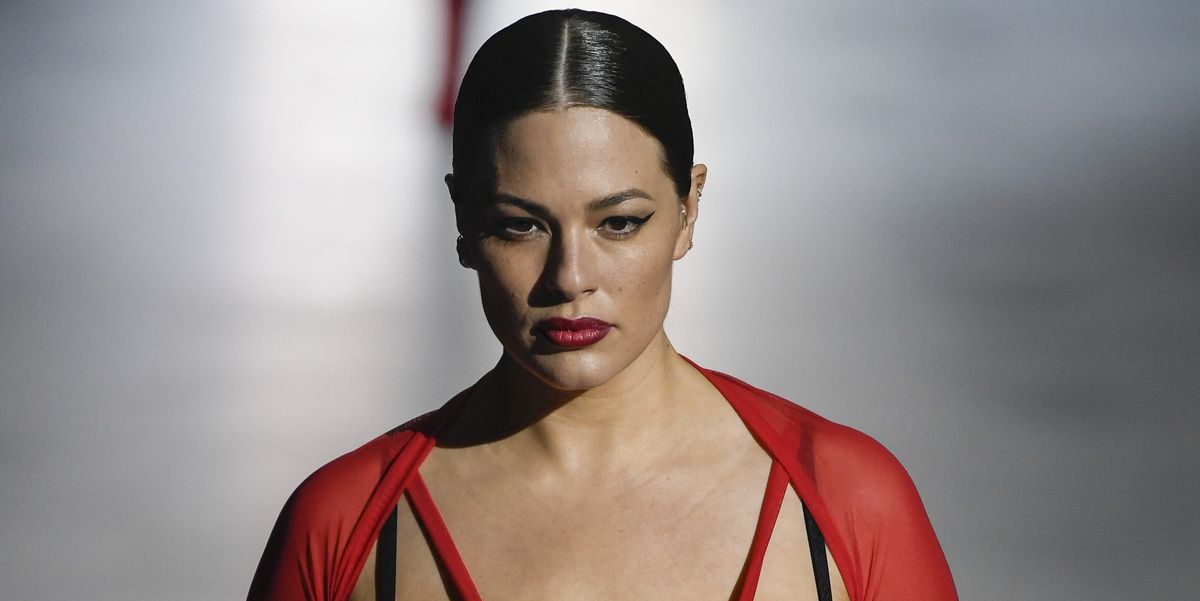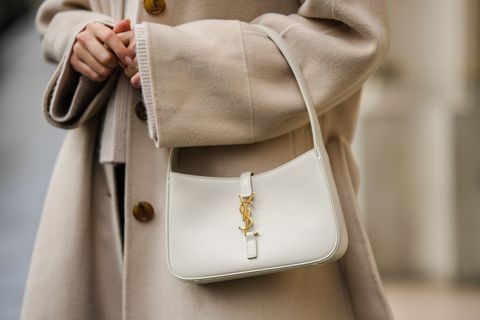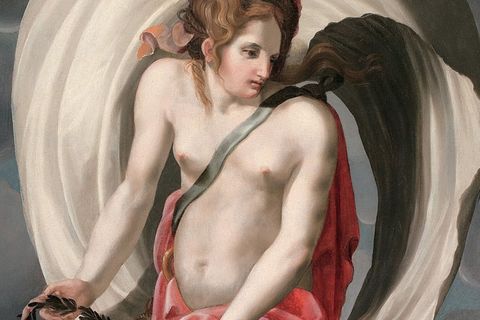Of all the fashion weeksthat of New York was the most attentive to the issue ofinclusiveness. EraWhy for Fall Winter 2023-24 by body positivity very little was seen on the catwalk. And, then, the question arises: the growing number of models plus size – i.e. over size 44 – recorded in the fashion months in the last 5 years it was just a passing trend which, like everything else in the never-ending cyclical nature of this sector, was destined to end? Many of us are asking ourselves this period of fashion shows, while the bodies of the models become more and more slender (to the point of appearing unhealthy) e Vanessa Friedman raises the alarm on Twitter following the Jason Wu show saying to himself “distracted by extreme thinness”. If New York had already complained, London and Milan certainly didn’t improve the fortunes. In the English capital between few brands to include models curvy there were Harris Reed, Simone Rocha, Sinead O’Dwyer and then those who based their entire vision on diversity, such as Chet Lo, 16Arlington, SS Daley, Di Petsa, Karoline Vitto. In Milan, Ashley Graham did a triumphal entry in red dressed for Dolce&Gabbanabut few other massive or noteworthy presences.
The situation had started to deteriorate since last season. Second The Fashion Spotwhich publishes every season a diversity report recorded during the fashion weeks, by the four models curvy seen on the catwalk for Fall Winter 2016 onwards the representation of plus sizes would have been steadily increasing reaching the peak for Autumn Winter 2022, with 103 presences plus size during the fashion month (or 2.34% of total castings).
Diversity in sizes on the runways in 2023
Reports for 2023 have yet to be made public, but from a first look at the shows we can only speculate a dramatic drop in size diversity from last season to now. So it would be a nice thing step back compared to a decidedly hard-earned conquest in this area. The main fear is to discover that years of campaigns, supported by editors and celebritiesagainst the past fetishization of the so-called size zero and the consequent recrimination of the curves as not conforming to the rigid beauty standards of fashion, reveal themselves to be nothing more than theyet another trend on which the brands have launched themselves without too much conviction, just to keep up in a very fast-moving sector and make themselves beautiful in front of an audience attentive to the issue. And yet, the fact that i seats reserved for models curvy in fashion shows have always remained very limitedas well as always intended for the same faces who, willy-nilly, found themselves in the limiting role of “curvy girl” par excellence, a sort of symbol, put there only to demonstrate that they are able to fully embrace the new industry standards, but at the same time not ready to really do it. But when did the obsession with skinny start?
The cult of thinness
Although in the same period the concept of model began to come forward plus size, the 90s they are still the era of supermodels and the cult of the skinny it’s skyrocketing. “There are no meals, absolutely. The less you eat and the thinner you are the more you are at fashion shows, the more you are at fashion shows the less you eat and the thinner you are” he explained with extreme naturalness Carla Brown in a Rete 4 service from those years that has gone down in history. The counterpart of glossy glamor was more aesthetics raw and without filters of Kate Mossthe highest exponent of the look heroin chic a little emaciated, who at the time scandalized for his imperfect beauty but in terms of physicality he only helped the celebration of the skinny to the bone. The The 2000s continued in the same vein: the visible abdomen as well as the tight trousers, the tops and the snug dresses all required a certain physique – or, at least, so it was thought at the time. And, in the era promoting the statuary body of angels by Victoria’s Secret as an emblem of perfection, it was thought of so intensely that in those years even the fat-shaming managed to pass the scrutiny of public opinion.
It goes without saying that the massive return of trends from these two decades promoted by the new it-girls of the moment – such as Bella Hadid, Kendall Jenner, Heiley Bieber – which, among other things, are all filiform models, plays an important role in making a certain physicality more attractive than another: on the other hand, the reference icons, of the past as of today, for these trends are all very thin. Originally it was “The Return of the Flat Stomach” which was shouted at when Miu Miu presented the Spring Summer 2022 collection, all about the combo crop tops and the low-waisted schoolgirl micro skirt which then went viral and which still persists today in street trends as in the brand’s collections. Someone immediately began to worry about the repercussions that the revival of the Y2K aesthetic could have had on beauty standards. Then characters like Kim Kardashianuntil yesterday banners for the body positivity as well as trend initiators such as the BBL or Brazilian Butt Lift (a surgery that aimed to volumize the curves), out of the blue they proudly announced to the world that they had lost 7 kilos in record time to enter a dress at the Met Gala. The few certainties achieved in the last 5 years have begun to collapse.
According to an analysis by business of fashionhave also made a comeback slimming drugs. On TikTok, for example, there is a lot of talk about Ozempic, which actually serves against diabetes, but has been made the number one ally in the war against the scales because it also includes weight loss among the side effects. The fact that the trend depopulated on the social media most used by Gen Z, as much acclaimed as the generation so far most attentive to values such as inclusiveness, is very worrying because it reveals the demolishing force of trendsby nature cyclical and, apparently, much stronger than today’s positions. However, the question would not be due only to the stylistic preferences of the moment, but also to one trend variation in the casting phase: second BOF extension medium size models (from 42 to 50), now preferred by the brands, would be “stealing” the few places available for models over size 42. In the last year, on TikTok the hashtag #midsize had circulated quite a bit opening up the conversation around the lack of representation for those who felt they could not describe themselves as either super thin or curvy.
The real risk is that the lack of representation on the runway then translates into the reduction of sizes during the sale phase, which could lead to a further desire to lose weight, in a potentially infinite and above all very dangerous spiral, first of all for the models, then for the fate of the sector.








